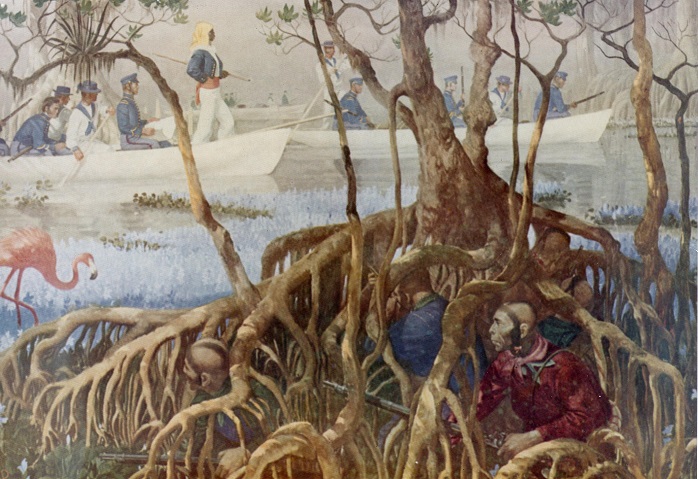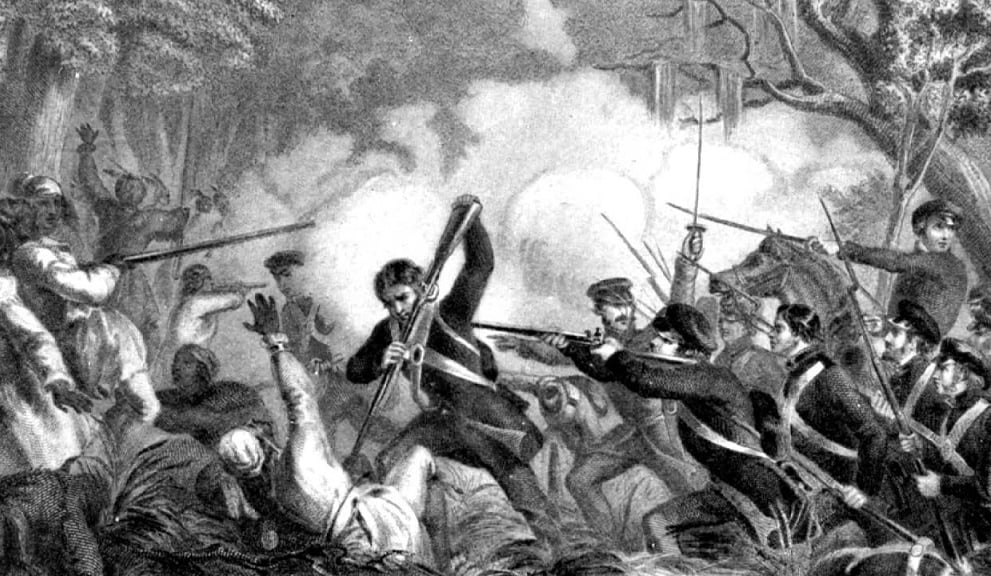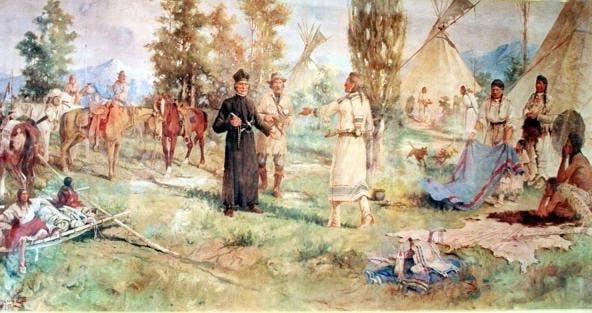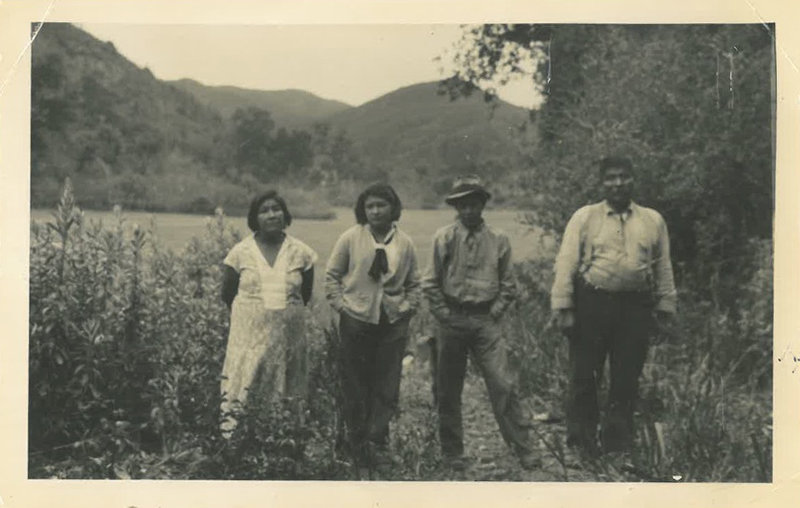The 14th Amendment
Following the Civil War in 1868, the United States adopted the Fourteenth Amendment as one of the Reconstruction Amendments. It was intended to deal with issues regarding the rights of former slaves. Section 1. All persons born or naturalized in the United States, and subject to the jurisdiction thereof, are citizens of the United States … Continued









